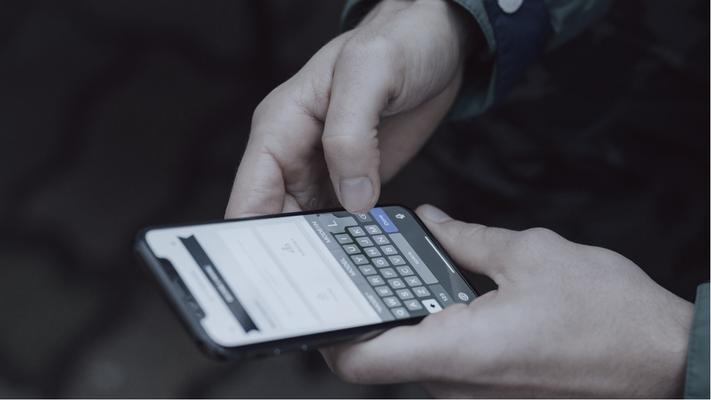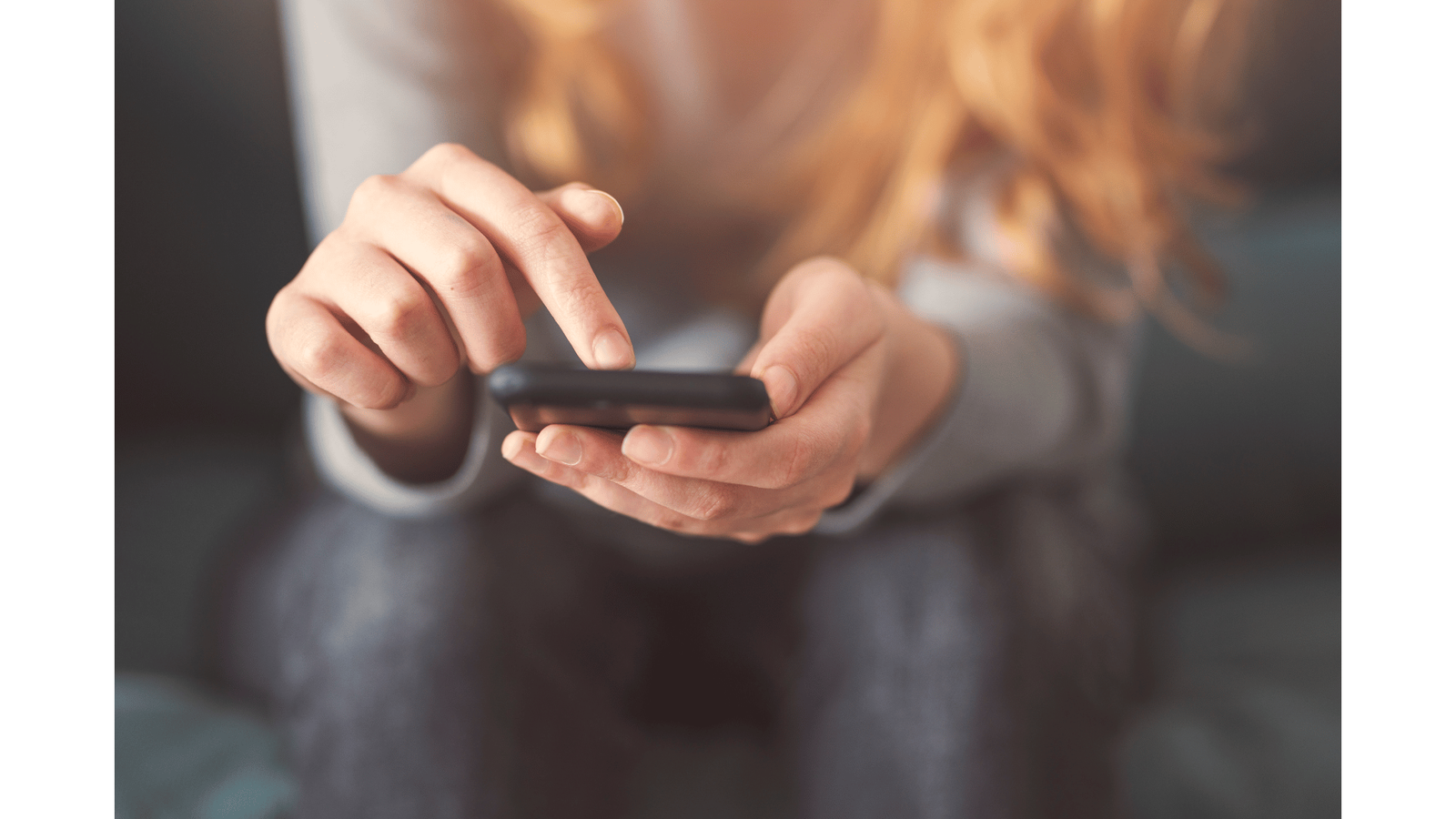
Ghosting and Avoidant Behaviour: Why We Pull Away and 3 Ways to Heal from It
Have you ever experienced ghosting? The two of you were chatting happily the night before, and the next day the person suddenly disappears, never replying again?
In this digital age, smartphones have become an integral part of our lives, providing us with instant access to information, social media, and various forms of entertainment. However, the addictive nature of smartphones has become a growing concern. The convenience and connectivity they offer can be both a blessing and a curse. While smartphones have undoubtedly revolutionised the way we communicate, work, and entertain ourselves, they have also created a new set of challenges related to addiction and overuse.

In this digital age, smartphones have become an integral part of our lives, providing us with instant access to information, social media, and various forms of entertainment. However, the addictive nature of smartphones has become a growing concern. The convenience and connectivity they offer can be both a blessing and a curse. While smartphones have undoubtedly revolutionised the way we communicate, work, and entertain ourselves, they have also created a new set of challenges related to addiction and overuse.
All signs of phone addiction stem from a single type of action known as automatism (Cía, 2014). Automatism refers to the execution of actions without conscious thought or intention. This automaticity is acquired through repeated performance of the same action every day. Similarly, excessive phone usage can lead us to develop automatism. Automatism includes:
When we find ourselves scrolling through social media, it can be incredibly challenging to stop, which can significantly decrease our motivation to return to our work or other responsibilities.
During work, it's common for us to catch ourselves glancing at our phones, wondering if it's acceptable to take a brief break. However, this intense desire can override rational thinking and lead to excessive phone use.
We somtimes may find it challenging to regulate our smartphone use and struggle to resist the urge to engage with our phone compulsively. We may know that our work is very urgent but still being unable to consciously use our phone with a clear goal.
Phone addiction can diminish interest in socialising, hobbies, and leisure activities, as the constant lure of phones overshadows real-world interactions and other sources of enjoyment. Also, the pervasive use of mobile phones and text messages can lead to shorter attention span (Schutta & Brown, 2022).
The inattention to usual activities can lead to a decline in interest in activities we once enjoyed, as the allure of scrolling on our phones takes precedence. The constant availability of information can diminish our motivation for other activities.
Despite being aware of the decline in our working performance, it can be challenging to break the habit of spending most of our time on our phones, which ultimately takes away valuable time from our work.
Phone addiction can significantly contribute to procrastination(Shu & Miao, 2021), as the irresistible desire to use our phones often distracts us from focusing on our work. This constant urge to engage with our devices can derail our productivity and hinder progress on important tasks.
People who are addicted to their phone may show some of these symptoms. However, the causes of phone addiction may be different for different people.
It's crucial for us to understand the causes of phone addiction so that we can take steps to mitigate the negative effects and foster a healthier relationship with our smartphones. According to Shu and Miao (2021), it is possible to fall into the spiral of phone addiction due to:
Avoiding important work may be due to our desire to enjoy instant gratification provided by our phones (Hofmann et al., 2017). We are more likely to choose scrolling new videos on social media over the more demanding and time-consuming nature of important work. This may lead to procrastination, one of the signs of phone addiction.
Our mobile phones offer instant access to entertainment, social media, and endless content. This immediate satisfaction is incredibly enticing, making it hard to resist the temptation of constant scrolling and distraction. This may lead to irresistible desire and inattention to usual activities, two of the signs of phone addiction.
In most social media platforms, algorithms track user preferences and provide content that aligns with their interests. This personalised approach ensures a continuous flow of engaging and relevant content, effectively keeping users hooked and discouraging them from leaving the app. The algorithmic allure of these platforms is designed to captivate users and maximise their time spent within the application. This may lead to loss of control and continuation of the behaviour despite its negative effects, two of the signs of phone addiction.
Our mobile phones serve a dual purpose, not only providing entertainment but also facilitating our work. While using our phones for work-related tasks, we often find ourselves facing the temptation of getting sidetracked by entertainment. This distraction leads us to engage in mindless scrolling and diverts our attention from our primary tasks. This may also lead to loss of control.
The prevalence of phone distractions is undeniable. However, there are effective strategies we can employ to combat this issue, regain control over our phone usage and maintain focus on our work.
When you recognise that you're addicted to your phone, seeking help and advice from friends and family is a natural step. Suggestions like taking courses or simply putting your phone away can be valuable, but professional help can be costly, and breaking free from addiction independently can be challenging. In this situation, AI chatbot can serve as a cost-effective or even free tool to effectively overcome phone addiction.
Even after recovering from addiction, the risk of relapse remains a concern. In this context, AI chatbot can play a crucial role in monitoring our condition and providing ongoing support. As a portable tool, AI chatbot can effectively track our behaviours and identify any signs of addictive tendencies. In comparison to traditional therapy, AI chatbot offers the advantage of consistent and continuous assistance (Kim et al., 2022). While therapy sessions may end, AI chatbot can serve as a long-term monitoring tool.
While AI chatbot can be helpful in addressing phone addiction, it is important to acknowledge that it is not a perfect solution and may have some limitations.
Despite its limitations, an AI chatbot can be a valuable tool when utilised effectively.
In today's technology-driven world, it is essential for us to leverage the available technology to pursue success and remain competitive. AI chatbots have become instrumental in fulfilling our communication needs, offering advice and suggestions, and assisting with research. They have taken over many of our tasks and opportunities for growth. However, relying solely on AI chatbots is not the optimal path to unlock our true potential. We should be the ones in control of technology, utilising it as a tool rather than allowing it to diminish our abilities.
Cía, A. H. (2014). Addictions not related to substances (DSM-5, APA, 2013): A first step towards the inclusion of behavioral addictions in current classifications. Revista de Neuro-Psiquiatria, 76(4), 210. doi: 10.20453/rnp.v76i4.1169
Gossett, S. (2023). Emotion AI: The Possibilities & Risk Of Reading Human Emotion | Built In. Builtin.com. https://builtin.com/artificial-intelligence/emotion-ai
Hofmann, W., Reinecke, L., & Meier, A. (2017). Of sweet temptations and bitter aftertaste: Self-control as a moderator of the effects of media use on well-being. In L. Reinecke & M. B. Oliver (Eds.), The Routledge handbook of media use and well-being: International perspectives on theory and research on positive media effects (pp. 211–222). Routledge/Taylor & Francis Group.
Kim, J.-H., Singh, M., Khan, J., Tiwary, U. S., Sur, M., & Singh, D. (2022). The Role of Artificial Intelligence (AI) in Assisting Applied Natya Therapy for Relapse Prevention in De-addiction. In Intelligent Human Computer Interaction (Vol. 13184). Springer International Publishing AG.
Klar, R. (2023). Open ai exec warns AI can become “extremely addictive.” The Hill. https://thehill.com/policy/technology/4229972-open-ai-exec-warns-ai-can-become-extremely-addictive/
Shu, X., & Miao, Y. (2021). Research on the impact of artificial intelligence recommendation on academic procrastination under the background of big data——The mediating role of mobile phone addiction. Journal of Physics. Conference Series, 1948(1), 12001-. https://doi.org/10.1088/1742-6596/1948/1/012001
Schutta, R. A., & Brown, W. J. (2022). Understanding Early Exposure to Digital Media and Its Influence on Mobile Phone Dependency. ProQuest LLC.
Wairagu, N. (2023) Is AI a problem or a solution? To Smart Phone Addiction? Medium. https://medium.com/@nwairagu/is-ai-a-problem-or-a-solution-to-smart-phone-addiction-d85ac2de821f
Discover practical psychology tips you can apply to your everyday life. From building resilience to improving relationships and finding work-life balance, our blog brings expert-backed insights that help you grow.

Have you ever experienced ghosting? The two of you were chatting happily the night before, and the next day the person suddenly disappears, never replying again?

This article breaks down the psychology of nonchalance, signs of a nonchalant dater, the debate nonchalant vs chalant, and what truly matters when forming modern relationships.

Have you ever felt so intensely drawn to someone that you couldn’t stop thinking about them—imagining every possible interaction, decoding every message, overanalysing every glance? If so, you may not be experiencing love, but something more specific: limerence.
Download MindForest and turn these insights into action. Get personalized support from ForestMind AI Coach, track your progress, and unlock your full potential.